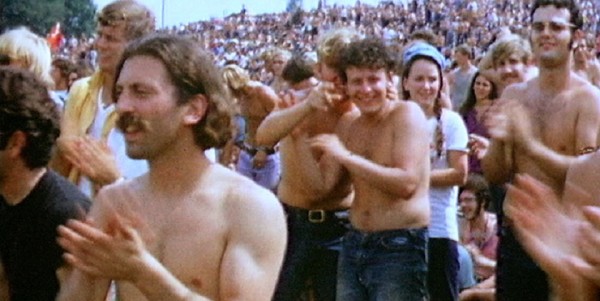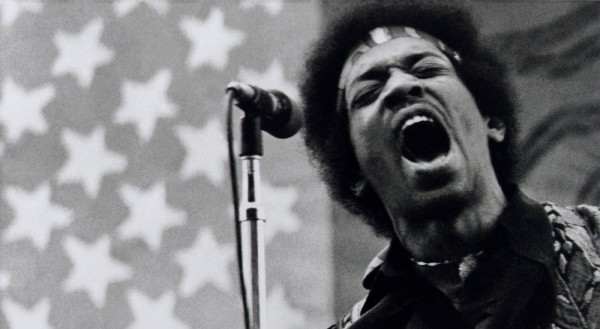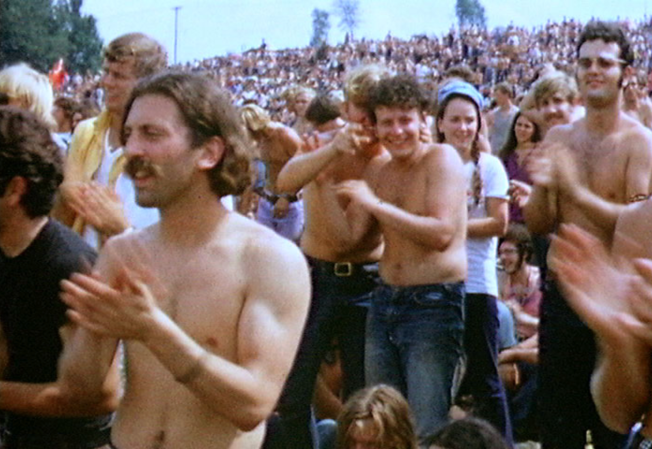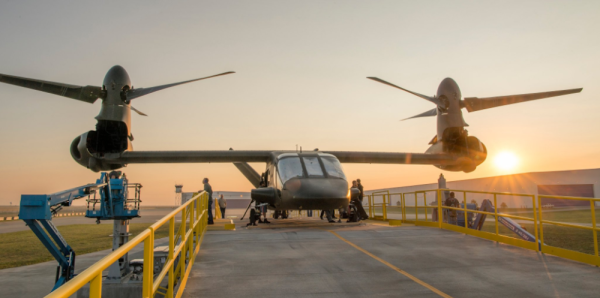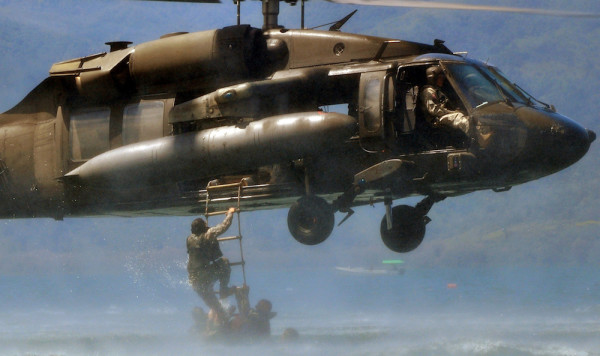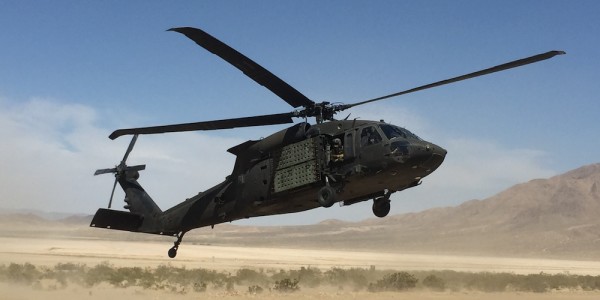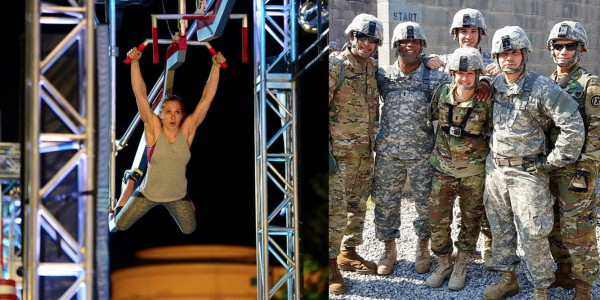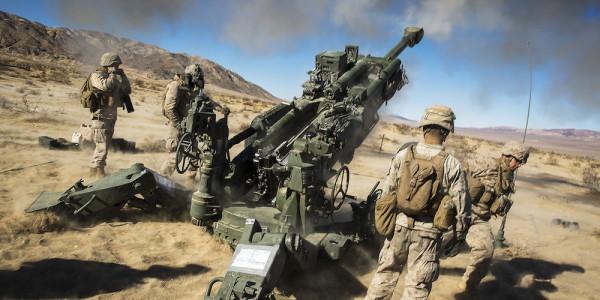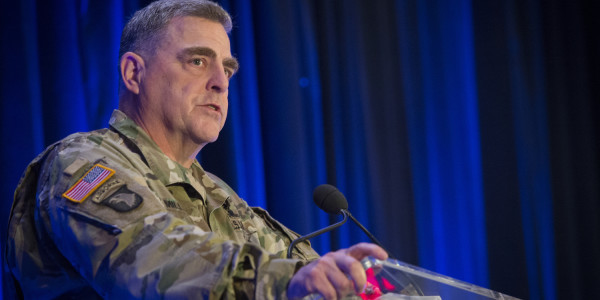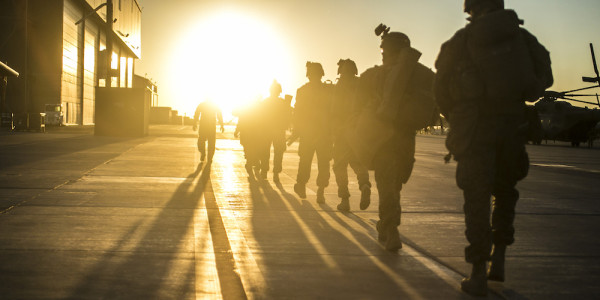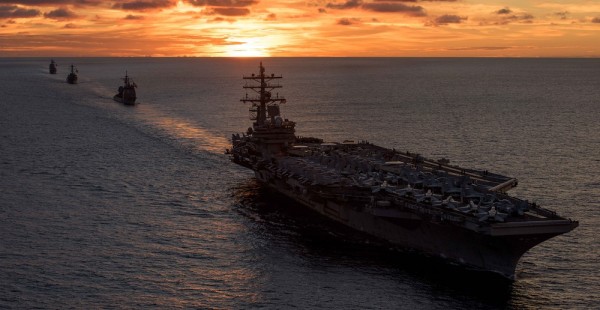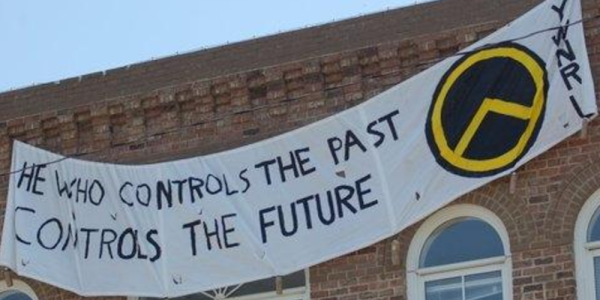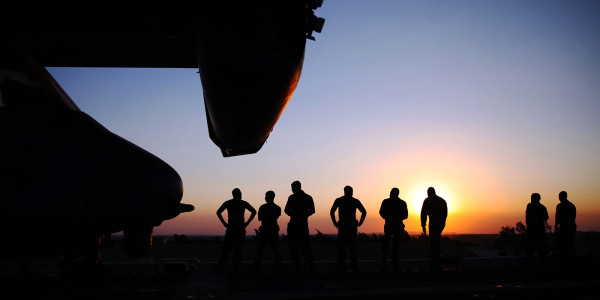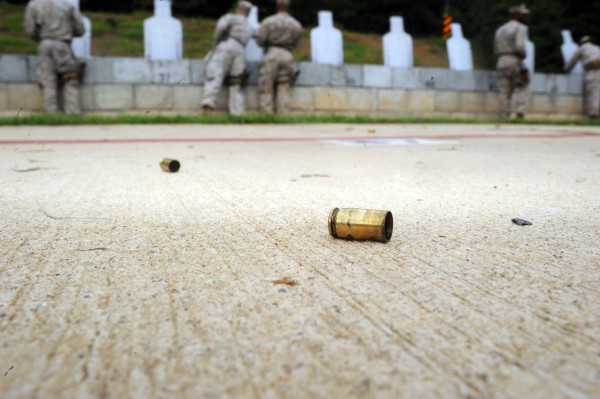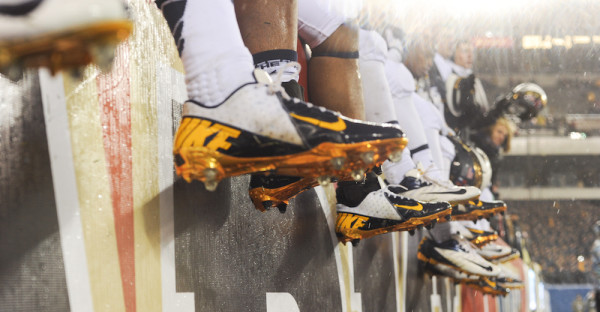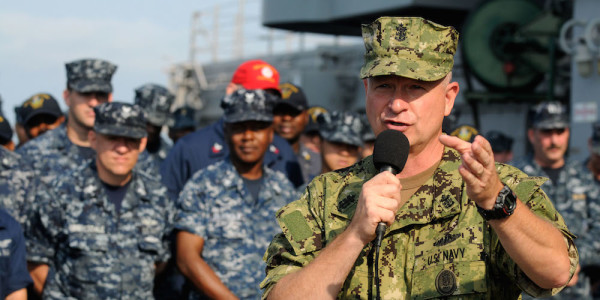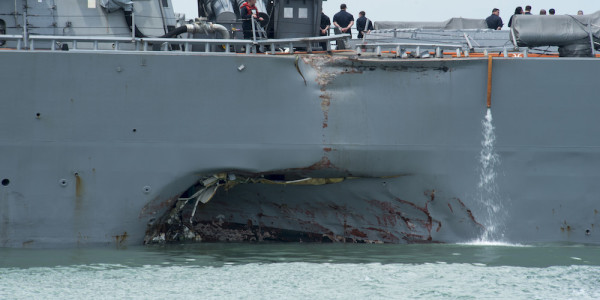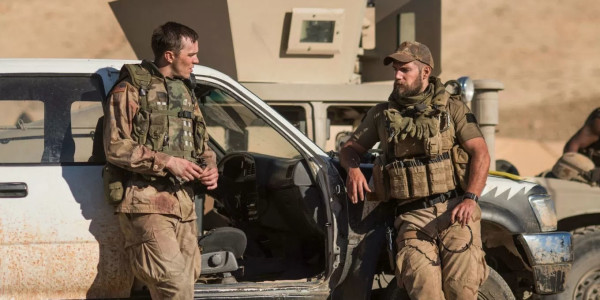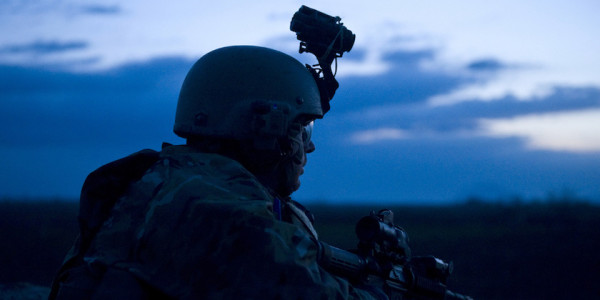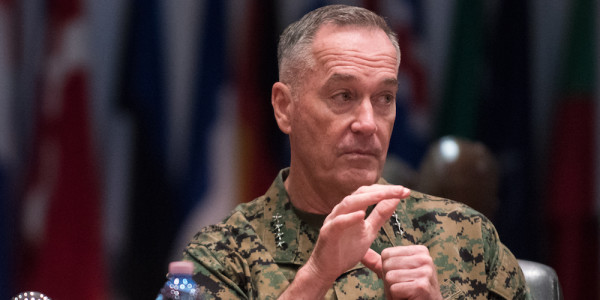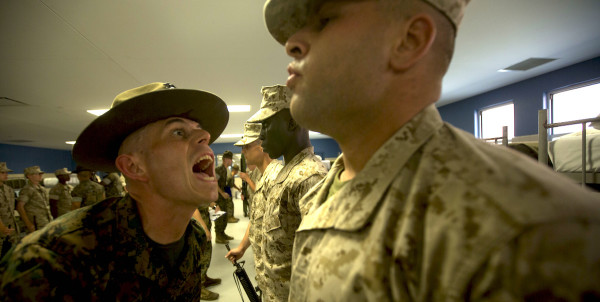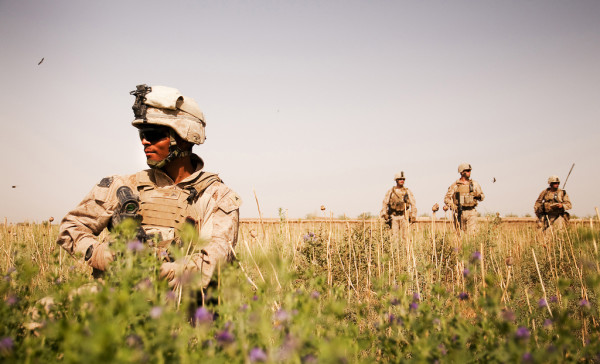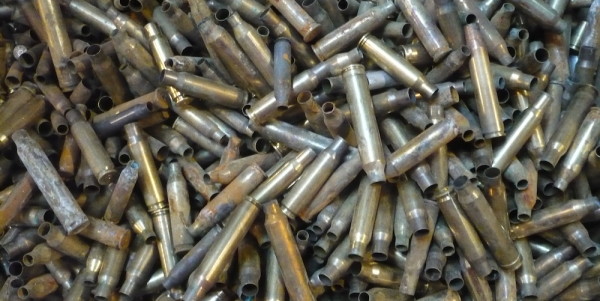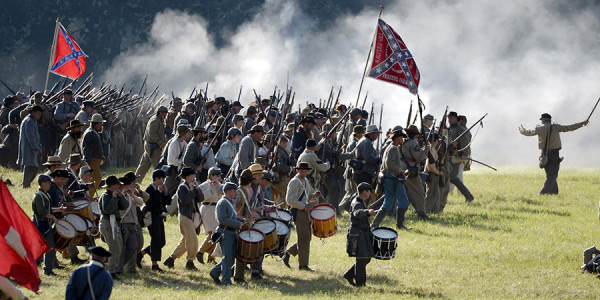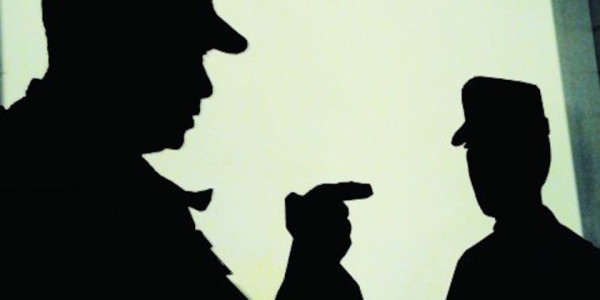In the summer of 1969, 400,000 hippies, bohemians, artists, and revolutionaries of all stripes descended on a small dairy farm in Bethel, New York for Woodstock, an event celebrating peace, youthful rebellion, and a general disregard for personal hygiene. The Woodstock Music and Art Fair was widely regarded as a watershed moment in the counterculture movement and in modern musical history. But by the time the party officially kicked off 48 years ago on Aug. 15, disaster was poised to strike, and it would have if not for the intervention of an unlikely ally: the U.S. Army.
Initially, 200,000 festival goers were anticipated, but when the planners lost track of how many tickets had been sold and twice that number showed up, the influx of patrons became a serious problem. How the hell were they going to feed 400,000 hungry hippies? Vendors hiked their prices — $0.25 hot dogs shot up to $1 — and communes began passing out thousands of free cups of oats, nuts, and raisins (the Western world can thank Woodstock for Granola), but food and water shortages remained a concern.
Fortunately, local sheriff Louis Ratner had a hunch that the multi-day peace fest might have trouble feeding the masses. When one of the vendor’s booths was burned down overnight — one of the few instances of violence at Woodstock — due to anger over inflated pricing and probably an abundance of lighters, Ratner was ready.
“It’s like you get a certain feeling there, that something isn’t right,” Ratner said in Joel Makower’s 1989 book, Woodstock: The Oral History. “So we got permission to get Army helicopters flown by Stewart Air Force pilots, and we already had them that morning. When that thing broke, I had the helicopters on the way.”
Though Woodstock didn’t frame itself as an anti-war protest, the festival took place during the height of the Vietnam War, and with the counterculture music scene closely aligned with the anti-war movement, the sight of incoming U.S. Army helicopters conjured up images of American militarization.
John Morris, the production coordinator for the festival, was onstage when the helos came in.“It was like a wave,” Morris said in Woodstock: The Oral History. “You could see people start to look up … and all I said was, ‘Ladies and gentlemen, the United States Army —’ and you could feel it and you could hear it, the tension — ‘Medical Corps.’ And the crowd broke into a cheer that was just fantastic. And just about then you could see the red crosses on the side.”
In total, the Army air-dropped more than 10,000 sandwiches, in addition to canned goods, water, fruit, medical supplies, and blankets to the ill-supplied crowd. Refreshed and refitted, the party raged on until Aug. 18 — a full day longer than it was supposed to run — and the festival rounded out its set list with Jimi Hendrix’s iconic rendition of the national anthem. Fitting.

